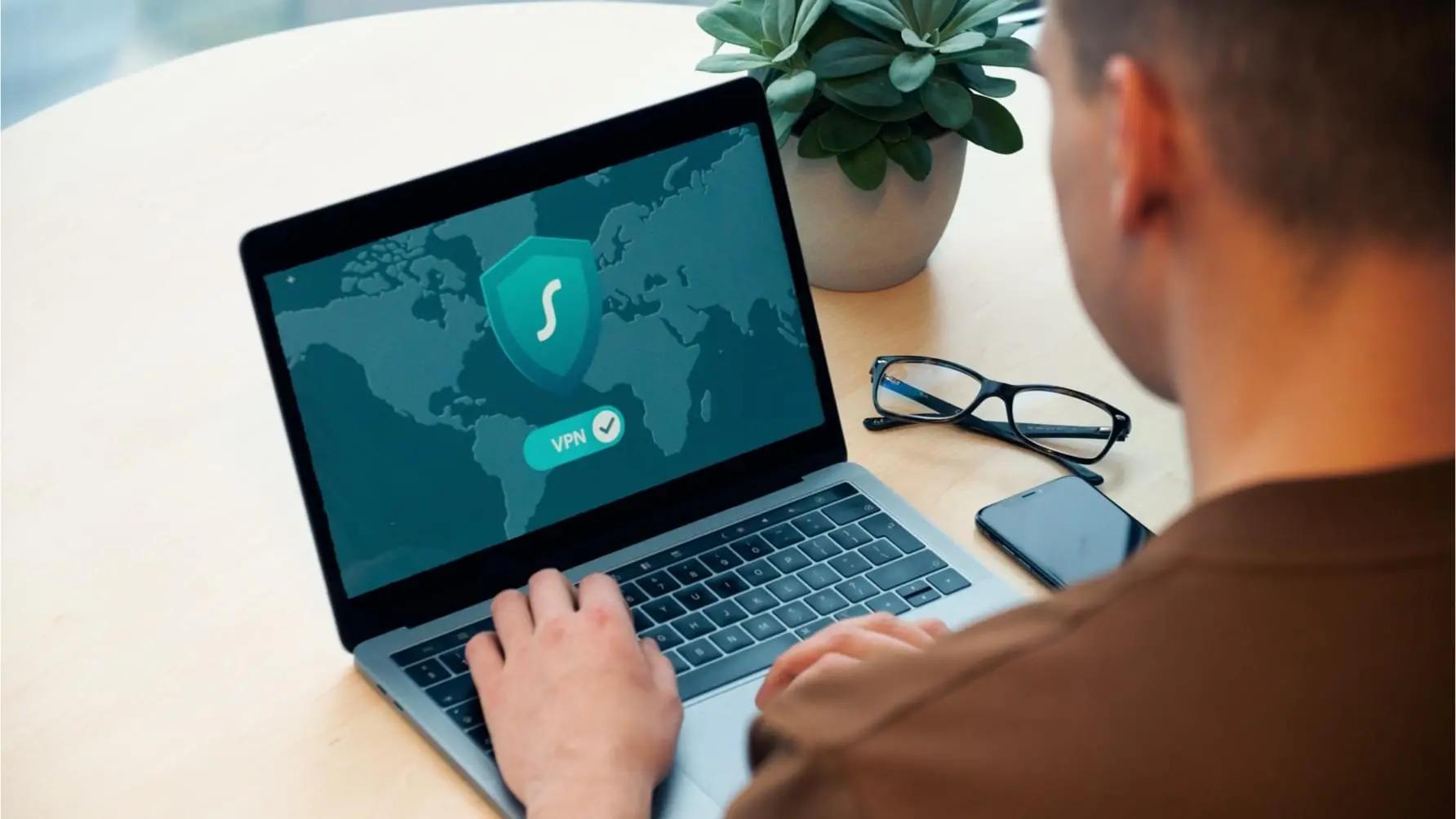Understanding Zero-Minute Phishing Protection
Zero-Day attacks are now known as Zero-Minute attacks to reflect the speed at which unknown or new vulnerabilities can be exploited. Many of these attacks use phishing and browser-based exploits as part of the attack chain that leads to ransomware infections and other forms of cyber-attack. A 2020 report from the Ponemon Institute that explored the issue of Zero-Days, or now Zero-Minute attacks, found that new or unknown "Zero-Day attacks caused 80% of successful breaches." Another 2021 report shows how these threats continue to grow, with a 100% increase in Zero-Minute cyber-attacks over the previous year. Zero-Minute Phishing cleverly uses Zero-Day tactics and exploits to circumvent traditional anti-phishing tools, making it difficult for an organization to protect against these attacks.
What is a Zero-Minute attack?
When software is released, it is usually well-tested. However, flaws can be missed, and new bugs can enter the software ecosystem as associated software is updated. These flaws allow attackers to exploit software, install malware, including ransomware, and steal data. While the software flaws remain unpatched, attackers will continue to use them to carry out cyber-attacks. Once a software vulnerability is identified, it goes into a public database; for example, in the USA, a vulnerability is placed in the CISA Known Exploited Vulnerabilities Catalog. Vendors of the affected software should quickly release a patch; it is up to an organization or individual to patch the software affected by the vulnerability. Similarly, Zero-Minute phishing attacks are based on evading detection by traditional email gateways and anti-malware tools by morphing and using unknown evasion tactics.
A recent Zero-Day flaw affected up to 700 million LinkedIn users, allowing their data to be stolen and exploited to carry out further cyber-attacks and fraud.
Hacking gangs are notorious for exploiting Zero-Minute vulnerabilities and using phishing as an entry point into a network. In addition, ransomware such as CLOP is often delivered by hacking groups such as TA505, utilizing a combination of phishing tactics and Zero-Minute exploits.
One of the most challenging aspects of a Zero-Minute attack is that the vulnerability that underlies the attack is exploitable. But this is coupled with the use of evasion techniques to avoid detection by traditional security tools. Polymorphic malware, for example, can change the signature files to hide from conventional anti-malware tools. Polymorphic malware often also employs obfuscation and encryption technologies to evade detection. Polymorphic phishing uses similar techniques to avoid detection, changing elements of a phishing email within a campaign to subtly alter the signature of the phishing attack. The result of these sophisticated phishing attacks that utilize Zero-Minute exploits is that phishing protection solutions must also be sophisticated in their response using AI-enabled technologies.
Maximize Value with our Standard Plan
Protect email before, during, and after inbox delivery with MX filtering and ICES protection.
Threat of Zero-Minute phishing to business
Phishing is a serious and present threat to all businesses. According to the Anti-Phishing Working Group (APWG), which identifies phishing trends, phishing attacks have tripled since early 2020. Because it uses clever tactics to evade traditional anti-phishing tools, Zero-Minute phishing is likely the cause of the increased attacks. A business that depends on older technology to manage polymorphic phishing threats will be at risk of a Zero-Minute phishing attack.
Polymorphic malware often also employs obfuscation and encryption technologies to evade detection.
Why Businesses need Zero-Minute Protection
Zero-Minute attacks are so-called because the software flaws are instantly exploited; cybercriminals search for these flaws. Once found, they are quickly communicated via dark web forums and hacker messaging groups to the wider hacking community. Hackers rapidly release new tools, including polymorphic phishing messages and associated malicious websites, to perform the cyber-attack. The following issues mean that traditional phishing protection cannot detect Zero-Minute phishing:
Speed: cybercriminals are always looking for exploitable flaws; when they are found, they weave them into their phishing campaigns.
Evasion: cybercriminals have become experts at developing clever methods to evade detection. Using Zero-Minute phishing tactics is one of the methods employed to trick traditional email gateways.
Targeted phishing: Zero-Minute phishing and vulnerabilities often involve spear-phishing attacks, targeting key employees, such as administrators. These phishing campaigns are highly sophisticated, using Zero-Minute phishing and software flaws.
Businesses need Zero-Minute phishing protection to ensure they do not get caught up in Zero-Minute exploits.
Did You Know?
cyber attacks begin with phishing
to seamlessly install PhishTitan
estimated global cybercrime cost
to stop & spot a phishing attack
What is PhishTitan
TitanHQ's PhishTitan provides advanced AI-enabled phishing protection to stop Zero-Minute phishing attacks. PhishTitan is engineered to deliver comprehensive, AI-enabled protection that detects even advanced Zero-Minute phishing threats. PhishTitan uses modern threat intelligence to contain threats, but it also is designed to be deployed in minutes. As a result, your organization will be quickly protected against the speed that makes Zero-Minute attacks so dangerous and difficult to prevent.
How PhishTitan can protect against Zero-Minute Phishing
PhishTitan utilizes AI-enabled intelligent technologies to protect email from Zero-Minute phishing threats; which is essential in this fast-changing security threat landscape; Zero-Minute attacks demonstrate the agility of cybercriminals who continuously innovate. A recent advisory issued by Check Point Research (CPR) found that cybercriminals are now using the AI-enabled ChatGPT to create and modify phishing messages, making them more challenging to detect. PhishTitan uses artificial intelligence to train algorithms using multiple millions of real-time data points to spot real-time threats. As a result, any business using PhishTitan will be safe, knowing that their devices and networks have always-on protection against Zero-Minute phishing attacks.
AI-driven Threat Intelligence
PhishTitan uses layers of protection to ward off Zero-Minute phishing attacks. This phishing protection includes features such as:
AI-driven threat intelligence: anti-phishing analysis uses AI trained from a vast threat; these data alert any dangerous URL and web pages, preventing employees from clicking links or navigating to malicious websites.
Time of click protection: Zero-Minute phishing messages are designed to change URLs if they recognize detection. PhishTitan prevents this polymorphic evasion tactic by replacing email links and sending the link to an inspection site to check the validity of the website associated with the link. If the website is a phishing site, the user will not be able to navigate to the site.
URL rewriting and analysis: works with ‘time of click’ protection to prevent successful Zero-Minute phishing attack evasion.
Native integration with Office 365 email: makes business email security simple and removes human error.
Real-time threat analysis: essential to capture advanced Zero-Minute phishing attempts.
Link Lock service: ensures that they remain protected even if a recipient clicks a URL in a malicious email.
Smart Mail protection: compares incoming mail with a list of known threats. Data from multiple sources across the global threat landscape ensures that the most current threats are always part of this list.
Data loss prevention (DLP): prevents sensitive data from leaving the corporate network. Protects intellectual property, customer data, and other sensitive information.
Zero-Minute phishing threats are a serious threat because of their advanced evasion tactics. Therefore, when evaluating Zero-Minute phishing protection, ensure that the platform can use AI-driven threat intelligence to detect even advanced Zero-Minute phishing threats.

Susan Morrow
- DATA PROTECTION
- EMAIL PHISING
- EMAIL SECURITY
Talk to our Team today

